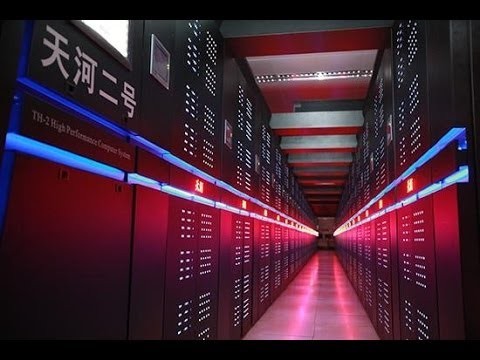The new Top500 ranking released on Nov. 17 reveals that China still has the world's most powerful supercomputer. The Top500 report also shows that China's number of supercomputers nearly tripled, from 37 supercomputers in May to 109 in November.
The most powerful supercomputer is China's Tianhe-2. The supercomputer, housed at the National Super Computer Center in Guangzhou, retained the top spot for the sixth consecutive time, according to the Top500 list.
The United States still houses the most number of supercomputers in the world with 200 machines in total. However, the total number of supercomputers in the US declined from 231 in July. This is also the lowest number of supercomputers recorded in the US since Top500 started compiling the list in 1993.
In terms of computing power, the Tianhe-2 supercomputer is capable of performing up to 33.86 quadrillion calculations in one second. The supercomputer was created by China's National University of Defense Technology. It has 3.12 million cores and consume more than 17,000 kilowatts of power.
In comparison, the most powerful supercomputer in the US, the Cray XK7 Titan, has 560,640 cores and can perform 17.59 quadrillion calculations per second. In terms of computing speeds, two Titan supercomputers can fit into a single Tianhe-2 supercomputer.
China's rise in the field of supercomputers can be attributed to the country's economic boom. Many tech analysts believe that the rise in China's supercomputer investment does not mean that the US is undervaluing its own.
IDC Asia Pacific vice president of enterprise computing Rajnish Arora told the BBC that during China's economic boom in the 80s and 90s, the most dominant industry is manufacturing.
Arora added, "Now as these companies become bigger, they want to invest in technical research capabilities, so that they can create a lot more innovation and do basic design and engineering work."



























